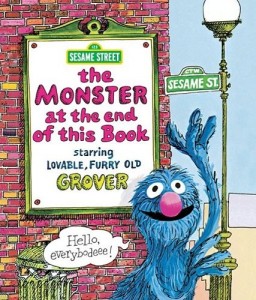Reviewed by John Z. Upjohn, USMC (aspired)
I suppose this book is supposed to be clever in that literary way that SJWs are so fond of, but I found it to be a confusing and unholy mess. It was very hard to follow. The prose was far too clunky and the signaling was all wrong. Good stories use signaling to tell you what kind of story they are, so you will know how the story goes and not be thrown out of it when something happens that you do not expect.
If a story opens in a tavern, you know somebody is going to go off on a sword-swinging fantasy adventure. If a story opens in a detective’s office, you know that a dame is going to walk in and she is going to be trouble. These stories are good stories.
The initial worldbuilding signals in Goodnight Moon were all for a story set backstage at a televised talk show. Right away in the first sentence we are told that it takes place in a green room, in “the great green room” so you know it’s not just a talk show but a good one. Then there’s a telephone, which is very sensible. The SJWs would never let me be on a talk show because they suppress my message at every turn, but I could believe there would be a telephone in the green room.
The next sentence is where they start to lose me. A red balloon? What does that have to do with being backstage at a television show? I had to go back to re-read the opening of the story a few times to make sure I had read it correctly, which is never a good sign. It turns out I had read it right after all, which meant the book was wrong. The red balloon was an unimportant and doubtlessly incorrect detail that could be ignored.
The next line breaks across the page, which just seems like bad editing to me especially since there was a picture on the facing page so you have to skip a whole page to find out how it ends. The picture included a young rabbit in bed staring at me in what I will characterize as an uncomfortable fashion. Between that and the unfinished sentence, I was in no hurry to study it further.
The next couple of pages simply describe the artwork on the walls of the green room. I began to form a picture of the main character, sitting idly in the waiting room of a talk show, waiting for his turn to be called out and interviewed by the host. What does he do? He looks around at the art that has been hung on the walls. The art is good, simple art. It shows cows and bears, not abstract concepts and feelings. This is going to be a conservative talk show, I decided. You can just tell.
Sadly this early promise is one the book promptly breaks, as the following pages reveal that the nonsensical addition of the red balloon was not a one-off mistake. The objects introduced include toy houses and mittens and random bowls full of mush, things I feel confident in saying would not be found in a green room.
About halfway through there is a major shift in tone. Before this the book had been concerned with introducing elements to set the stage. Right when I was sure the author must be done with all this world-building and build up, though, the book simply starts over, going back through the list of objects and saying goodnight to each of them.
Young writers, take note: this is not something you should do. The opening lines of your book forms a contract with your readers which you must not break. If you are clearly signaling in the first four pages that you are going to give them a story set around a conservative talk show, do not give them a mere bedtime story. This was so confusing I had to read back through the book several times to make sure I understood what had happened.
The mark of a good book in any genre is that you should be able to read it once, be satisfied that it did exactly what was promised, and then never read it again. You should almost not need to read it the first time. From the opening lines of Goodnight Moon I knew it was going to be about a man backstage at a conservative talk show, as surely as I know when I meet a liberal that he will start quoting Saul Alinksy chapter and verse at me.
This book was not up to the high standards I associate with storytime.
Two stars.

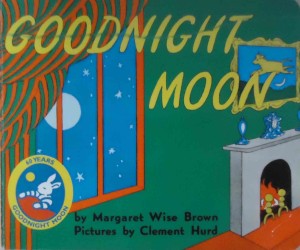 GOODNIGHT MOON
GOODNIGHT MOON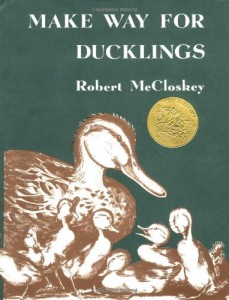 Make Way For Ducklings
Make Way For Ducklings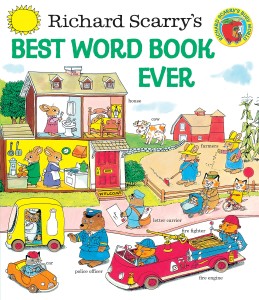 Richard Scarry’s Best Word Book Ever
Richard Scarry’s Best Word Book Ever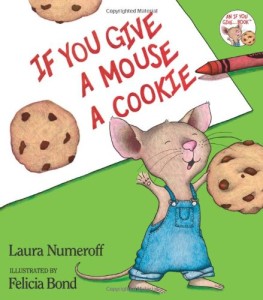 IF YOU GIVE A MOUSE A COOKIE
IF YOU GIVE A MOUSE A COOKIE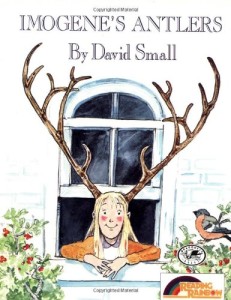 IMOGENE’S ANTLERS
IMOGENE’S ANTLERS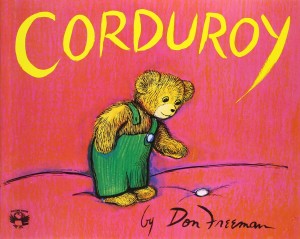 CORDUROY
CORDUROY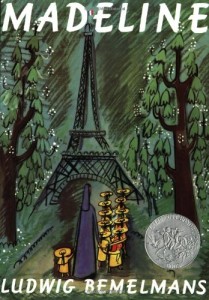 MADELINE
MADELINE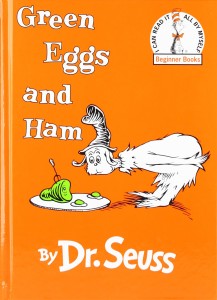 Green Eggs and Ham
Green Eggs and Ham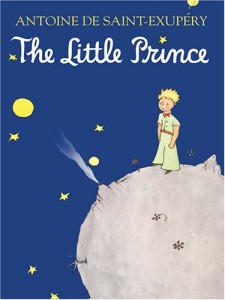 The Little Prince
The Little Prince